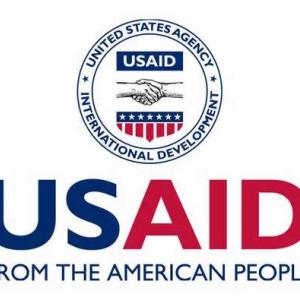Making Women Count: Kudos to APEC
The need for data is indisputable.
In the area of gender equality and women’s empowerment, data illuminates the extent to which men and women experience their shared environments differently as well as how those differences translate into gaps in economic opportunity, participation, and empowerment. Without numbers to substantiate their respective cases, advocates of gender equality often face skepticism and disbelief when they try to explain how, especially in the economic sphere, women face far more legal, institutional, and cultural constraints than men. The 2015 Hunger Report demonstrates that, in the context of East Asia-Pacific, 81 percent of data is missing on women’s public life, human rights, education, health, and economic participation.
In addition to making the case for reform, data can drive the creation of solutions. The Asia-Pacific Economic Cooperation (APEC) forum has placed increasing emphasis on the use of credible, consistently acquired data to inform all of its policy discussions. Across APEC, data is increasingly used to measure progress and underpin policy discussions, such as through the Ease of Doing Business and Supply Chain Performance initiatives. Likewise, data is required to create a common baseline, focus capacity building efforts, and develop evidence-based policy recommendations in order to advance women's economic participation.
More and better data not only strengthens discourse but also leads to more tangible goals and, over time, a sounder means of measuring progress. In 2014, the Leaders of APEC’s 21 member economies specifically recognized “the importance of data to measure progress in reducing barriers to women’s economic participation.” The Leaders welcomed the establishment of the APEC Women and the Economy Dashboard as a tool for informing policy discussions.
The APEC Women and the Economy Dashboard is a milestone achievement that complements efforts being undertaken in the G-20 on female labor force participation and in the post-2015 sustainable development goals process.
In developing the dashboard, APEC sought out data that could inform a detailed understanding of how women experience their respective environments for business and work across all economies. In the process, APEC confirmed what many gender researchers have long pointed out: that there is a dearth of sex-disaggregated data, particularly in regards to economic activity. This lack of information inhibits the ability to gauge where women stand relative to men and to measure progress toward gender equality and women’s economic empowerment.
Fortunately, a variety of international institutions, private initiatives, and nongovernmental organizations have launched systems in recent years for tracking the status and progress of women. The Organisation for Economic Co-operation and Development, the World Bank, the World Economic Forum, and the International Labor Organization, among others, collect data that characterizes the general conditions that women face with respect to health, education, and community participation as well as some specifics regarding economic participation and opportunity. Though still encumbered by a great many gaps (requiring the use of generalized data), the range of data available through these sources has enabled APEC to work toward developing a consensus among economies for the establishment of a shared baseline for women’s economic empowerment.
The 2014 framework includes 75 indicators across the five core areas of focus in APEC:
- Access to capital, including financial inclusion
- Access to trade and labor markets
- Skills, capacity building, and health, including policies related to domestic violence and discrimination against women
- Leadership, including national identification
- Innovation and technology, including access to cell phones and the Internet as well as science, technology, engineering, and math education
Personally, seeing this type of movement in women’s economic empowerment has given me new hope that international institutions and trade bodies will recognize the “value-add” of women’s economic participation. I hope others build on APEC's momentum in order to further reduce barriers to women’s advancement.


